Wanxiang made a breakthrough in the synthesis of ternary high-nickel single
crystal materials
With the continuous development of power lithium-ion batteries, consumers
have put forward higher requirements for the energy density and safety of power
batteries. In order to reduce costs and increase energy density, power battery
companies currently tend to use high-nickel and low-cobalt ternary materials,
such as: Ni≥80%. While the nickel content in the ternary material is increased,
the gram capacity of the positive electrode material is significantly improved;
however, the structural stability, thermal stability, safety, and processing
performance of the positive electrode material will deteriorate, making its
application severe. challenge.
With the continuous development of power lithium-ion batteries, consumers
have put forward higher requirements for the energy density and safety of power
batteries.
In order to reduce costs and increase energy density, power battery
companies currently tend to use high-nickel and low-cobalt ternary materials,
such as: Ni≥80%. While the nickel content in the ternary material is increased,
the gram capacity of the positive electrode material is significantly improved;
however, the structural stability, thermal stability, safety, and processing
performance of the positive electrode material will deteriorate, making its
application severe. challenge.
Another effective way to increase the energy density of batteries is to
increase the charging voltage of batteries/materials. However, the increase of
the charging voltage will make the structural stability of the material itself
worse; in addition, the oxidative decomposition of the electrolyte will
intensify with the increase of the charging voltage. Accompanied by the
dissolution of transition metals and the increase of side reactions at the
electrode/electrolyte interface.
In view of the above problems such as poor thermal stability, poor cycle
life and structural instability of high-nickel ternary materials, the
lithium-ion battery industry generally adopts the technical route of coating or
doping.
Low temperature lithium iron phosphate battery 3.2V 20A -20℃ charge, -40℃
3C discharge capacity ≥70%
Charging temperature: -20~45℃ -Discharging temperature: -40~+55℃ -40℃
supports maximum discharge rate: 3C -40℃ 3C discharge capacity retention
rate≥70%
Click for details
Coating materials are generally metal oxides, phosphides, etc. The
existence of the coating layer can block the direct contact between the
electrolyte and the high-nickel ternary material, and to some extent can inhibit
the oxidative decomposition of the electrolyte and the transition metal.
Dissolution problem. The cladding layer is generally made of inorganic oxides,
which will affect the migration/diffusion kinetics of lithium ions;
In addition, because it is an inorganic oxide layer with poor conductivity,
it will increase the DCR of the battery. Element doping technology can introduce
a small amount of metal atoms into the lattice of high-nickel ternary materials,
stabilize the crystal structure of the material, and can significantly inhibit
the crystal structure of high-nickel ternary materials due to stress during
cycling. rupture or phase transition. Although element doping has the effect of
stabilizing the lattice structure, it often affects the discharge capacity of
the material and increases the production cost.
Recently, some foreign R&D teams have reported that medium-nickel
ternary materials, such as NCM523/622 single crystals, have certain advantages
in terms of heat production and high-temperature cycles compared to
aggregates/polycrystalline materials. Due to its unique microscopic morphology,
single crystal materials have good mechanical strength and pressure resistance,
so they are not easy to break during electrode rolling and charging and
discharging. The number of grain boundaries is small, the stress concentration
point is small, and the interface is stable, which can reduce the generation and
spread of microcracks caused by the phase change of the positive electrode
material during the charging and discharging process of the battery, reduce the
contact interface between the active material and the electrolyte, and thus
reduce the cycle time. Gas production. The development of single-crystal
high-nickel materials is considered to be an effective approach to improve
battery safety and cycle life.
Due to the lower sintering temperature of the traditional secondary pellet
aggregate high nickel ternary, the surface residual alkali content is higher.
Therefore, washing process must be adopted in industry to reduce residual
alkali, and the cost is higher. Compared with the secondary pellet aggregate,
due to the difference in sintering temperature, the surface residual alkali of
the single crystal high-nickel material is lower, which is expected to avoid the
consistency and cost problems caused by the water washing process and reduce the
material cost. Due to the low surface residual alkali and good crystallinity,
single crystal materials have great advantages in high temperature storage and
gas production, and are suitable for application in pouch battery systems.
For the synthesis of high-nickel ternary materials, the selection of
suitable precursors is crucial. The study found that the physical and chemical
properties of the precursor, such as crystal structure, microscopic morphology
and particle size distribution, determine the comprehensive performance of the
cathode material in the later stage. For the synthesis of single-crystal
high-nickel materials, the team's researchers screened precursors with a
specific particle size range. It has been verified that the precursor with
uniform, coarse and ordered primary grain morphology is more conducive to the
formation of single crystals during sintering.
Low temperature high energy density 18650 3350mAh-40℃ 0.5C discharge
capacity ≥60%
Charging temperature: 0~45℃ Discharging temperature: -40~+55℃ Specific
energy: 240Wh/kg -40℃ discharge capacity retention rate: 0.5C discharge
capacity≥60%
Click for details
In the sintering of single crystal materials, the core technology is the
sintering system and the amount of lithium. The sintering temperature acts as
the driving force and determines the growth of the primary grains of the single
crystal. Lower sintering temperature cannot sufficiently drive the development
and growth of grains. Excessively high sintering temperature will lead to
over-burning problems, resulting in increased mixing of lithium and nickel (see
Figure 1).
In addition, lithium salt, as a fluxing agent, can promote grain growth and
achieve better single crystal morphology. However, an excessively high amount of
lithium compounding will also result in higher residual lithium on the surface
and increase production costs.
After optimizing the sintering process, the scientists of Wanxiang 123
successfully prepared a 0.1C (2.75-4.3V half-cell) single crystal high-nickel
ternary material with a gram capacity greater than 210mAh/g, which is comparable
to mainstream materials with leading domestic technology Supplier products are
at the same level.
For single crystal materials, it is necessary to coat the surface to
further improve its cycle life. Wanxiang 123 has selected several elements to
coat the surface of the single crystal material. After heat treatment, the
surface of the single crystal material can form a fast ion conductor coating
layer. On the one hand, this technology reduces the residual alkali by reacting
the residual lithium with the coating material, and on the other hand improves
the cycle life through the formed coating layer.


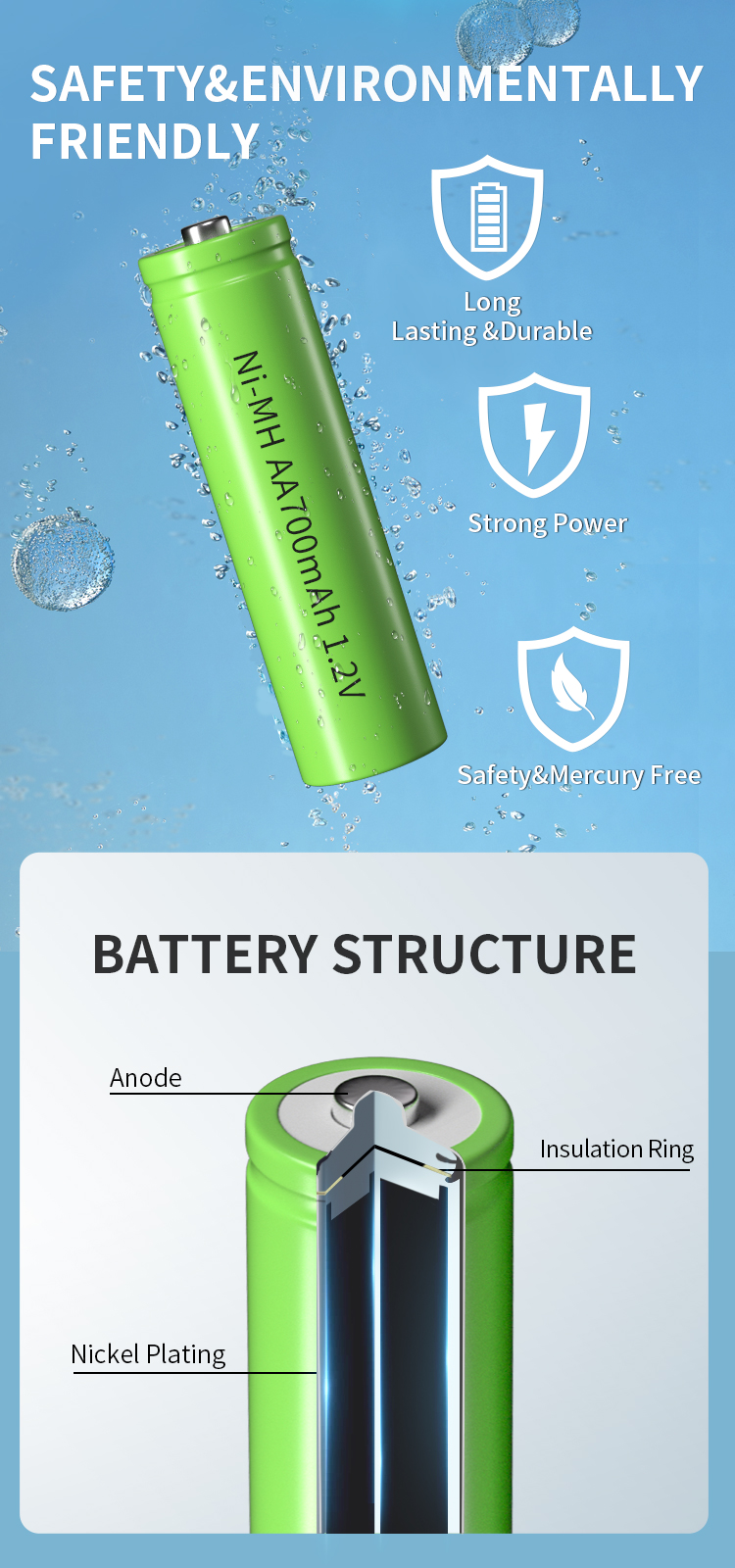
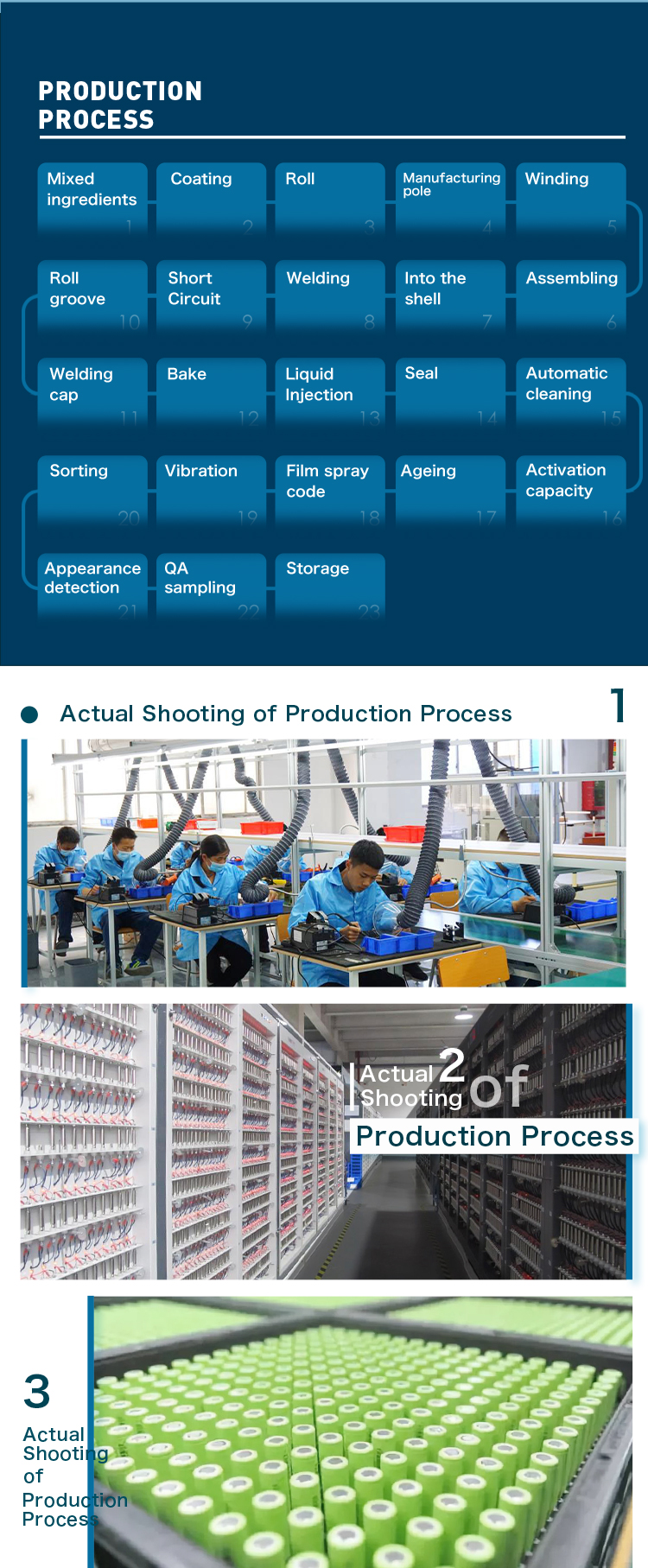

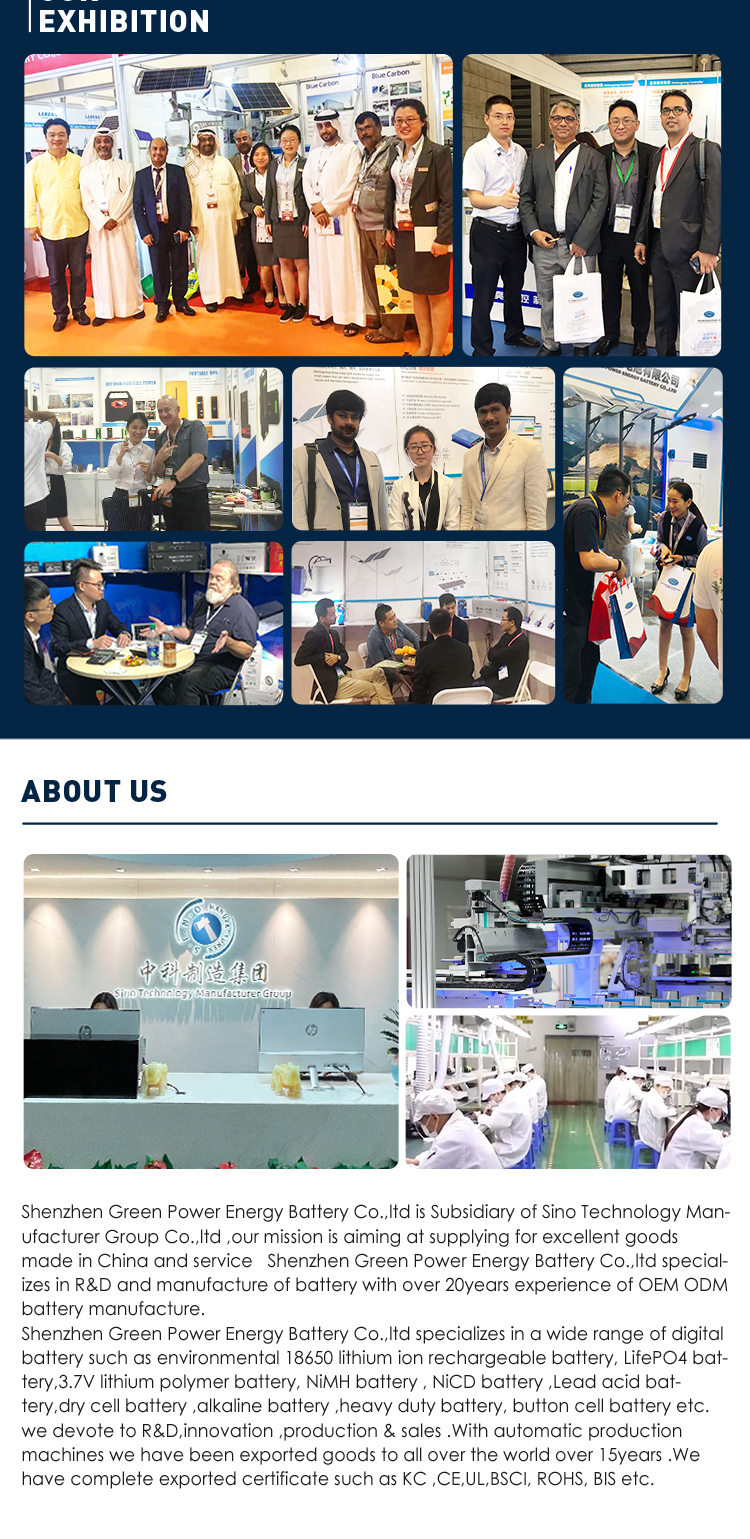































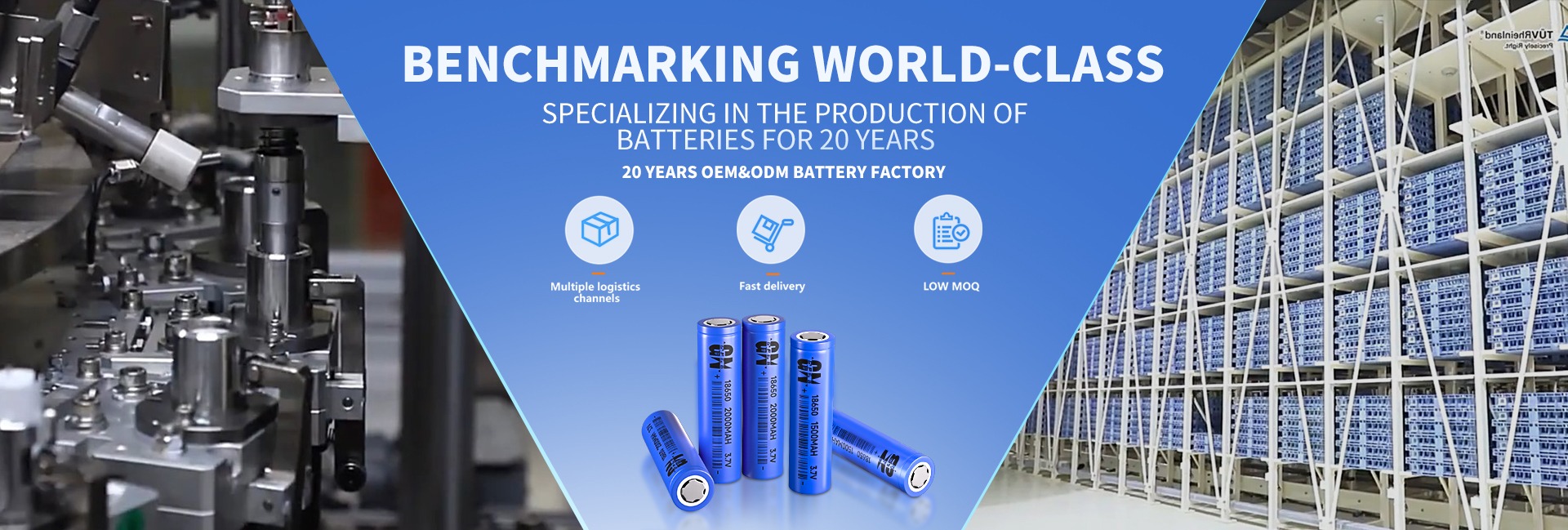
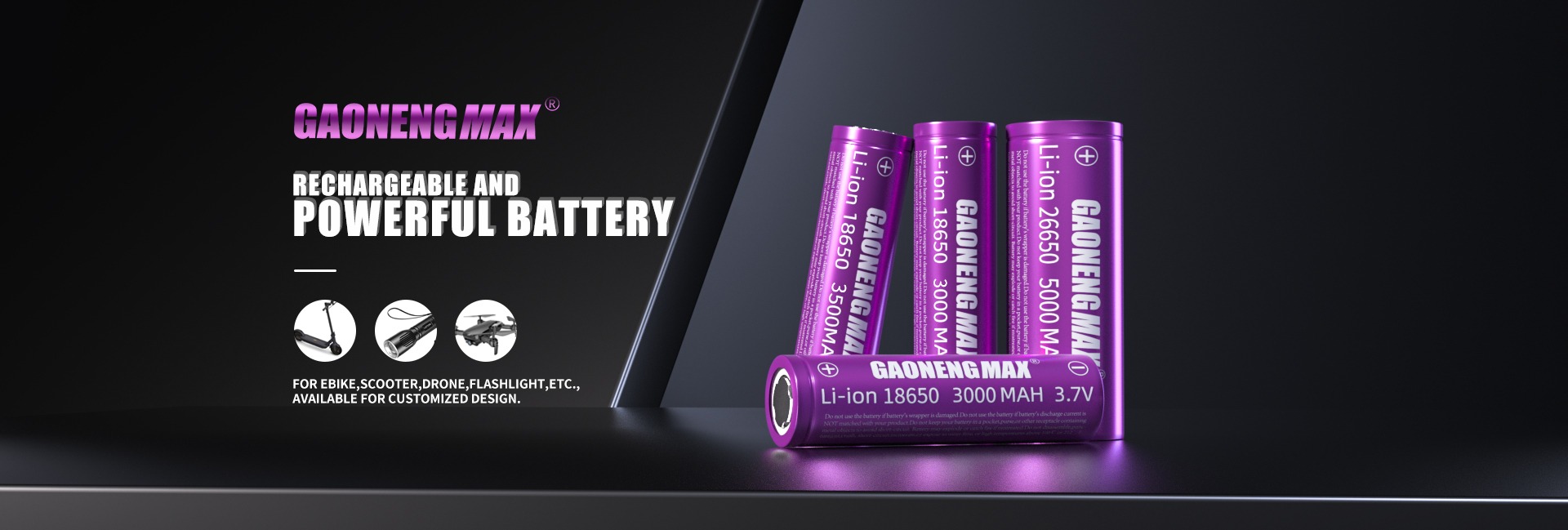
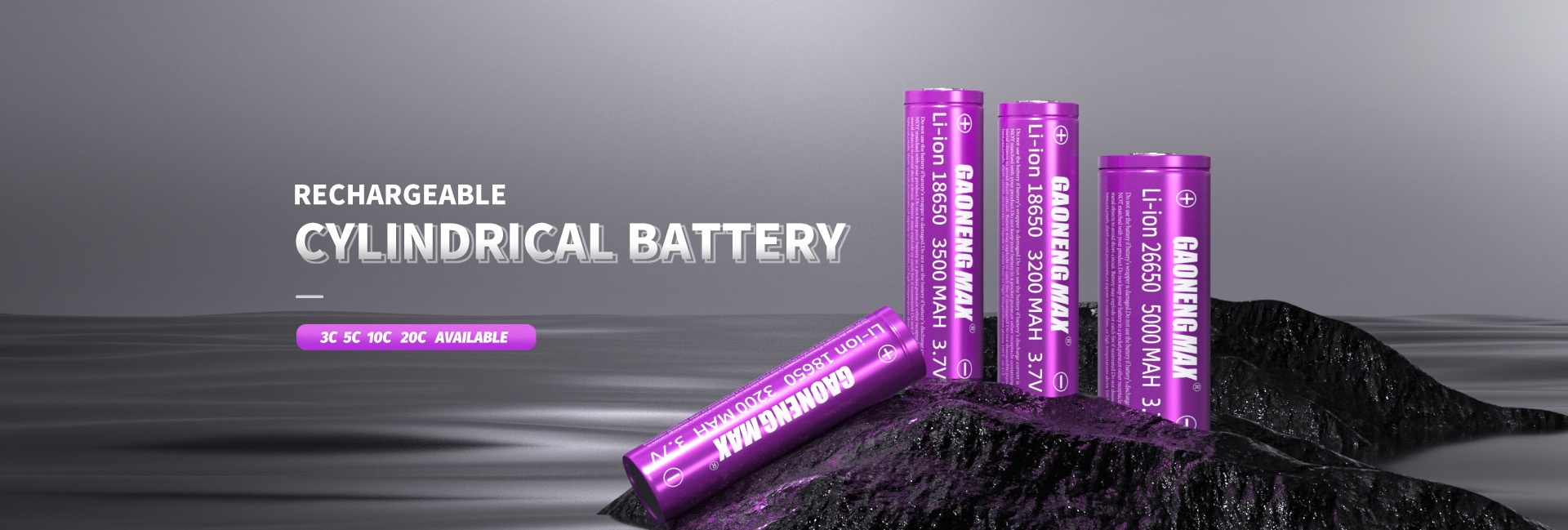
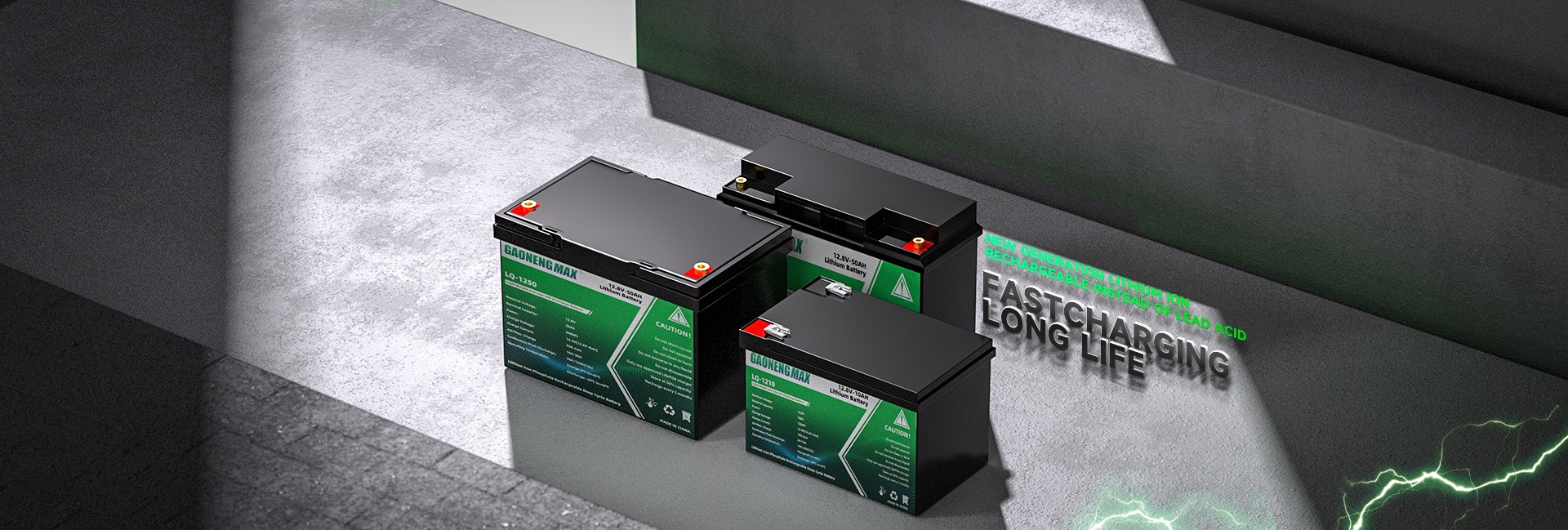



















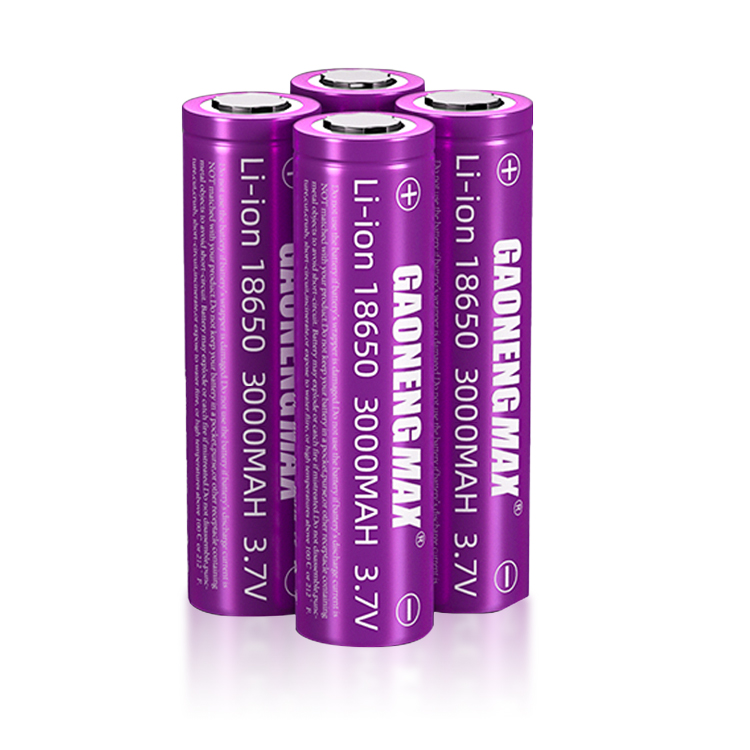
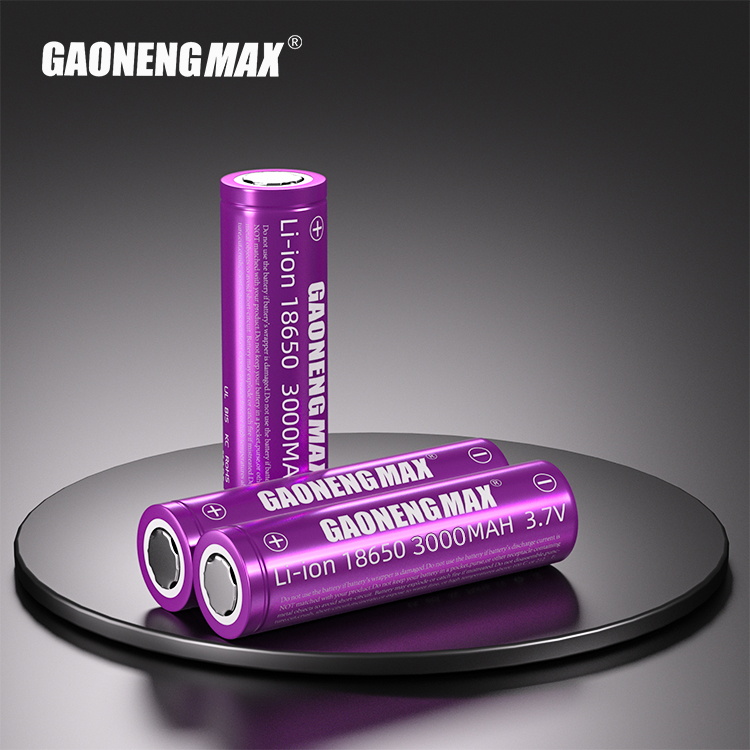






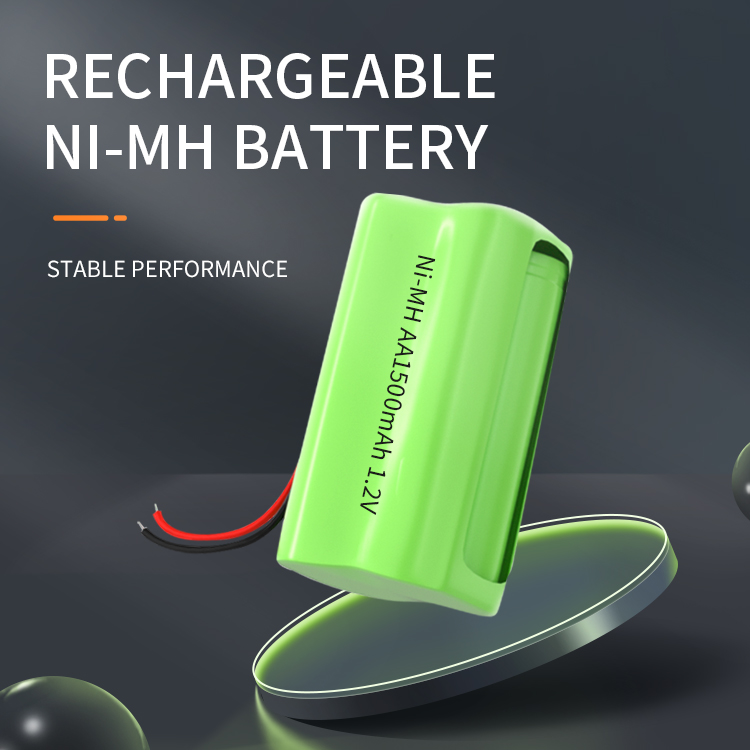
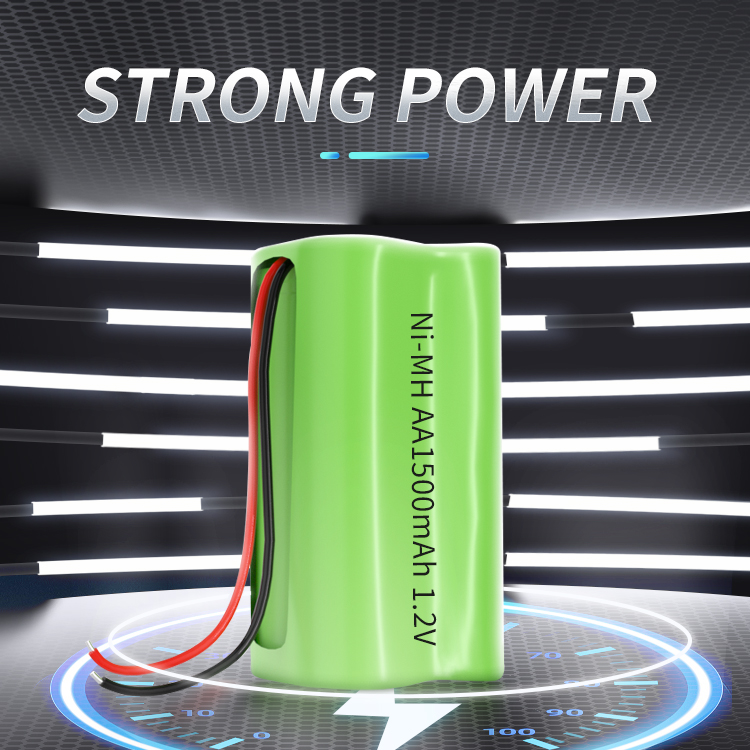














 360° FACTORY VR TOUR
360° FACTORY VR TOUR
 Whatsapp
Whatsapp
 Tel
Tel Email
Email TOP
TOP